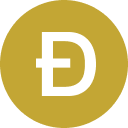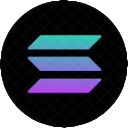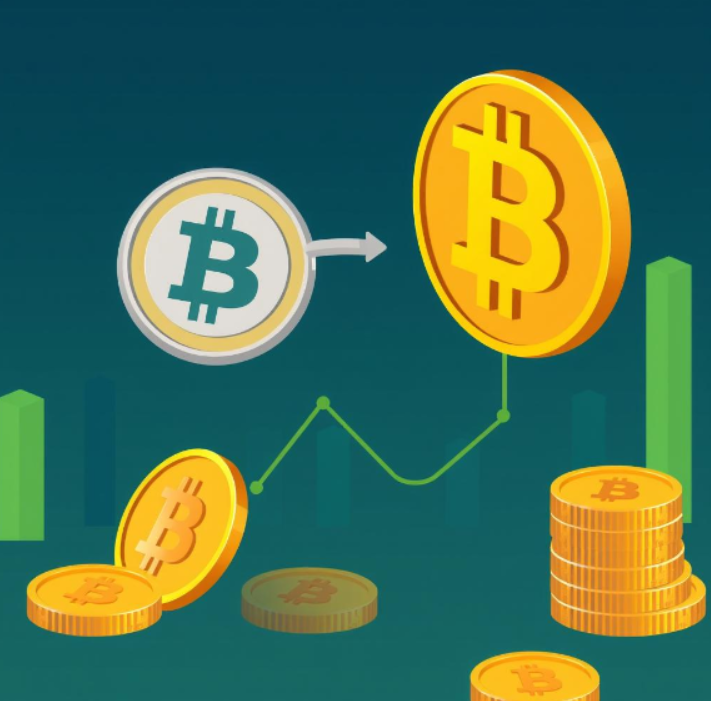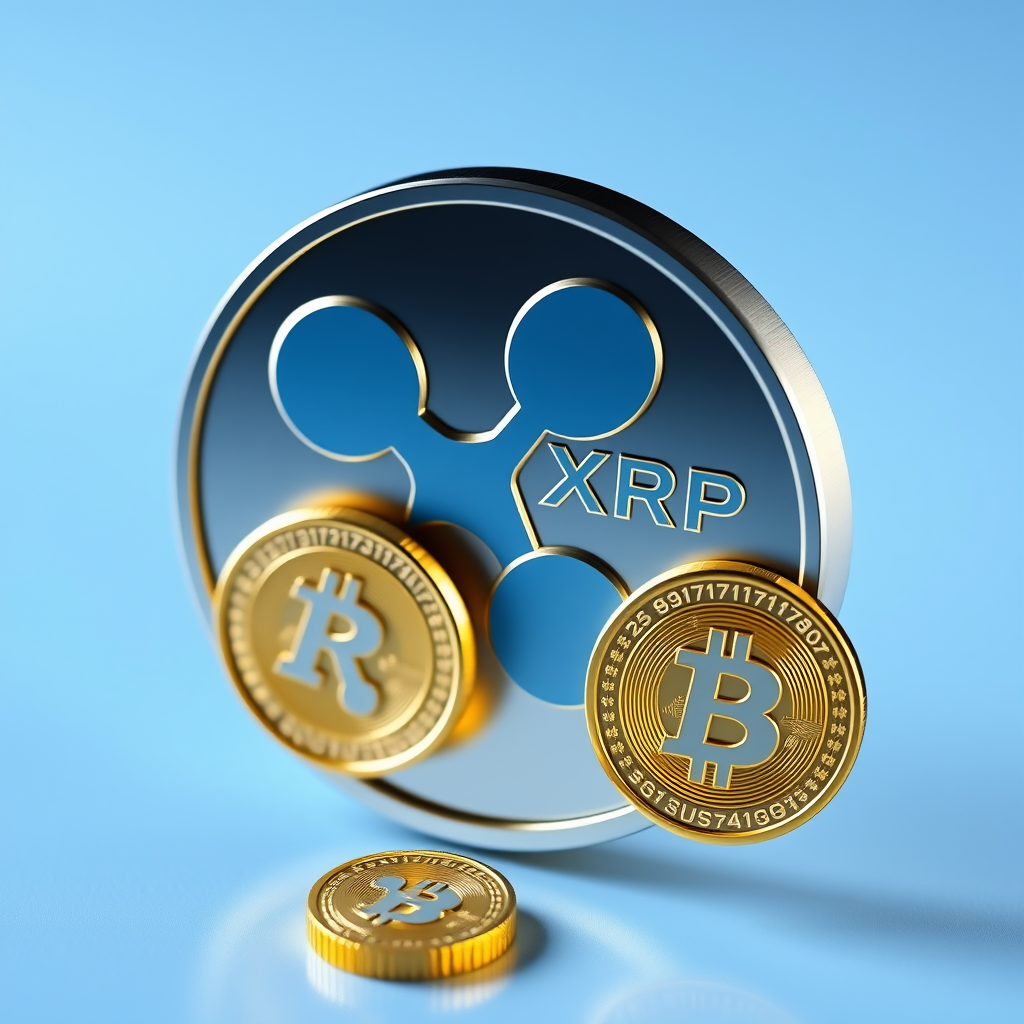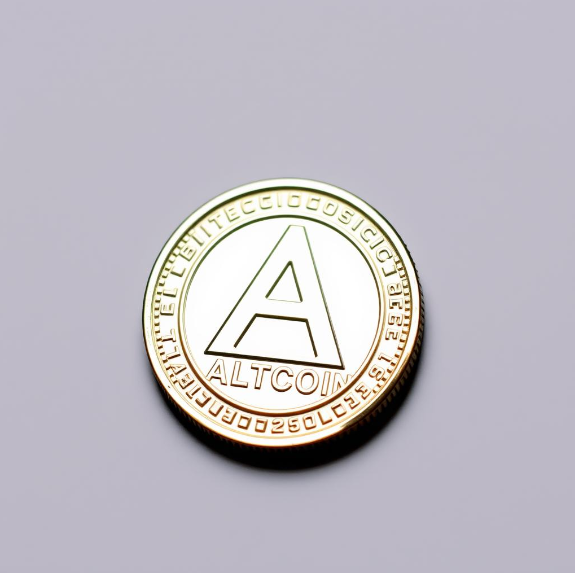How to Choose an Exchange to Buy and Trade VeChain (VET)
When choosing an exchange to trade VeChain (VET), several key factors must be considered to ensure a smooth and profitable experience. Important aspects include trading fees, supported payment methods, and the security measures of the platform. Additionally, the platform's accessibility, liquidity, customer support, and reputation within the VeChain community are critical. By evaluating these elements, you can select an exchange that aligns with your trading goals and provides a secure and efficient environment for managing your VET assets.
Security
Security is paramount when trading VeChain (VET). A reliable exchange should implement robust security measures, including two-factor authentication (2FA), encryption, and cold storage for digital assets. These features protect your funds from potential threats like hacking and fraud. Choosing an exchange with a strong security track record and regular security audits ensures that your assets remain safe while trading on the platform.
Accessibility
Accessibility plays a crucial role in your overall trading experience. This includes the platform's user-friendliness, regional availability, and mobile compatibility. A user-friendly interface makes it easier to navigate the platform and execute trades, while regional availability ensures that you can access the platform’s services in your country. Mobile compatibility allows you to trade VeChain (VET) on the go, ensuring you never miss an opportunity in the fast-paced crypto market.
Liquidity of Crypto Assets
Liquidity is vital for trading VeChain (VET), as it determines how quickly and efficiently you can buy or sell assets without significantly affecting the market price. High liquidity ensures that there are enough buyers and sellers in the market, allowing you to execute trades at your desired price with minimal slippage. Choosing an exchange with high liquidity for VET can help you take advantage of market opportunities and ensure smooth transactions, especially during periods of high volatility.
Support
Customer support is an essential aspect of your trading experience. Responsive and effective support can make a significant difference when you encounter issues or have questions about transactions or account management. Look for exchanges that offer multiple support channels, such as live chat, email, and phone, and have a reputation for resolving issues quickly and efficiently.
User Interface
The user interface (UI) of an exchange can greatly impact your overall trading experience. A well-designed UI should be intuitive, easy to navigate, and responsive, allowing you to execute trades, monitor market conditions, and manage your portfolio efficiently. Whether you are new to trading or an experienced trader, a clear and user-friendly interface can enhance your ability to make informed decisions and optimize your trading strategy.
Reputation Amongst VET Traders
The reputation of an exchange within the VeChain (VET) trading community is a key indicator of its reliability and trustworthiness. A platform that is well-regarded by VET traders is likely to offer better service, security, and overall user experience. Engaging with community forums, reading user reviews, and considering feedback from other traders can provide valuable insights into the exchange’s standing within the community and help you make a more informed choice.
Trading Fees
Trading fees are a significant factor when choosing an exchange for VeChain (VET). These fees can include maker and taker fees, which are charged per transaction, and they can significantly affect your overall profitability, especially if you trade frequently. It’s essential to compare the fee structures across various platforms to find the most cost-effective option, as even small differences in fees can add up over time and impact your returns.
Payment Methods
The variety of payment methods supported by an exchange is another critical consideration. Some platforms offer multiple payment options, such as bank transfers, credit/debit cards, and cryptocurrency deposits. The availability of these options provides flexibility and convenience when funding your account or withdrawing funds. Additionally, it's important to consider the fees and processing times associated with each payment method to ensure smooth and cost-effective transactions.
What is VeChain (VET)?
VeChain (VET) is a blockchain platform designed to enhance supply chain management and business processes. By using distributed ledger technology, VeChain provides a secure and transparent way for businesses to track products, reduce counterfeiting, and improve logistics. What sets VeChain apart is its dual-token system, which includes VET, used for transactions and value transfers, and VTHO, used to power smart contracts and operations on the platform. This unique setup makes VeChain particularly appealing to enterprises looking to streamline their operations, influencing the choice of crypto exchange platforms that cater to these needs.
History of VeChain (VET)
VeChain was founded in 2015 by Sunny Lu, a former CIO of Louis Vuitton China, with the goal of revolutionizing supply chain management through blockchain technology. Originally launched as an Ethereum-based token, VeChain later transitioned to its own blockchain, the VeChainThor, in 2018. This move allowed for greater scalability and the introduction of its unique dual-token system. Over the years, VeChain has formed partnerships with major corporations, including Walmart China and BMW, solidifying its position as a leader in the blockchain for business space. The platform's ongoing development and adoption highlight its potential in transforming global supply chains.
The Future of VeChain (VET) in the Cryptocurrency Market
VeChain (VET) has a promising future in the cryptocurrency market, driven by its strong focus on supply chain management and its growing list of partnerships with major global corporations. As blockchain technology continues to gain traction in various industries, VeChain’s unique approach to improving transparency, reducing fraud, and enhancing efficiency in supply chains positions it well for continued growth. Upcoming developments, such as new enterprise collaborations and advancements in its technology, could further increase the adoption and value of VET. As a result, VeChain remains a compelling option for traders and investors looking to capitalize on the increasing demand for blockchain-based solutions in the business world.
Types of VeChain (VET) Exchanges and Trading Platforms
VeChain (VET) can be traded on a variety of exchanges and platforms, each offering different features tailored to specific trading needs. Understanding these different types of exchanges can help you select the one that best aligns with your trading strategy and goals.
Supply Chain Specific Exchanges
Supply chain-specific exchanges focus on assets like VeChain (VET) that are used to enhance supply chain management. These platforms are designed to cater to businesses and traders who are specifically interested in the supply chain and logistics sector, offering features that integrate with enterprise solutions and provide detailed tracking and analytics.
Hybrid Exchanges
Hybrid exchanges combine the benefits of both centralized and decentralized exchanges. They offer the security and privacy of decentralized platforms while providing the liquidity and ease of use found in centralized exchanges. These platforms are ideal for traders who want the best of both worlds when trading VET, offering advanced features and greater control over their assets.
Leverage Trading Platforms
Leverage trading platforms allow traders to borrow funds to increase their trading position, offering the potential for higher returns. These platforms are suitable for experienced traders who want to maximize their profits by trading VeChain (VET) with leverage. However, it’s important to note that leverage trading also increases the risk of losses, making it crucial to have a solid understanding of the market and risk management strategies.
Margin Trading Platforms
Margin trading platforms enable traders to borrow money from the exchange to trade VeChain (VET), using their existing assets as collateral. This allows for larger trading positions and the potential for higher returns. Margin trading is typically used by more experienced traders who understand the risks and rewards of trading with borrowed funds.
Cross-Chain Exchanges
Cross-chain exchanges facilitate the trading of VeChain (VET) across different blockchain networks. These platforms allow for seamless asset swaps between various blockchains, enabling traders to diversify their portfolios and take advantage of opportunities in multiple ecosystems. Cross-chain exchanges are essential for those who want to explore the interoperability of different blockchain networks.
How to Start Trading VET
- Choose a Reliable Exchange: Research and select a trusted exchange that supports VeChain (VET) trading. Consider factors such as security, fees, and user interface.
- Create an Account: Sign up for an account on the chosen exchange and complete any required identity verification processes, such as providing your ID and proof of address.
- Deposit Funds: Deposit funds into your exchange account using your preferred payment method, whether it's fiat currency or cryptocurrency.
- Select VET: Navigate to the trading section of the platform, search for VeChain (VET), and choose your desired trading pair.
- Place a Trade: Decide whether to place a market order, which executes immediately at the current market price, or a limit order, which only executes at a specific price.
- Monitor Your Trade: Keep track of your trade’s progress and adjust your strategy as needed to optimize your results.
- Withdraw Your VET: Once your trade is complete, consider withdrawing your VeChain (VET) to a secure wallet, especially if you plan to hold it long-term.
Exchange Fees When Buying and Selling VET
When trading VeChain (VET), it’s essential to understand the various fees that exchanges may charge. These fees can impact your overall profitability, so being aware of them is crucial for effective trading. Common fees include crypto withdrawal fees, listing fees, and inactivity fees. Knowing these fees can help you choose the most cost-effective platform and optimize your trading strategy.
Crypto Withdrawal Fee
Crypto withdrawal fees are charged when you transfer your VeChain (VET) from an exchange to an external wallet. These fees cover the network costs associated with processing the transaction on the blockchain. The amount can vary depending on the exchange and the network congestion at the time of the transaction. It’s important to factor in these fees, especially if you frequently move your assets off-exchange for added security.
Listing Fees
Listing fees are charged by exchanges to list new cryptocurrencies, including VeChain (VET). These fees are typically paid by the project team rather than traders, but they can indirectly affect the liquidity and availability of VET on the exchange. It’s useful to be aware of these fees as they can influence which exchanges list VET and how soon after its release.
Inactivity Fees
Inactivity fees are charged by some exchanges if your account remains dormant for an extended period. These fees are deducted from your account balance and can accumulate over time if you’re not actively trading. To avoid inactivity fees, it’s important to log in and engage in trading activities periodically or choose an exchange that doesn’t impose such fees.
Other Altcoins You Can Trade
While VeChain (VET) offers unique advantages within the supply chain sector, other altcoins provide different opportunities for traders. Each of these altcoins has distinct features and use cases, making them valuable additions to a diversified trading portfolio.
-
Chainlink (LINK): Chainlink is a decentralized oracle network that provides real-world data to smart contracts on the blockchain, making it essential for DeFi applications.
-
Cardano (ADA): Cardano is a blockchain platform focused on sustainability and scalability, offering a secure and scalable environment for smart contracts and decentralized applications.
-
Polkadot (DOT): Polkadot is a multi-chain platform that enables different blockchains to interoperate, offering a scalable and secure environment for cross-chain projects.
-
Tezos (XTZ): Tezos is a self-amending blockchain that allows for on-chain governance, enabling the network to upgrade itself without the need for hard forks.
-
Stellar (XLM): Stellar is a blockchain designed to facilitate fast and low-cost cross-border payments, making it a strong contender in the financial services sector.
FAQ: VeChain (VET) Trading Platforms
Can I trade VeChain (VET) on decentralized exchanges?
Yes, VeChain (VET) can be traded on decentralized exchanges (DEXs) that support the token. DEXs allow for peer-to-peer trading without the need for a central authority, offering greater privacy and control over your assets.
What is the best wallet for storing VeChain (VET)?
The best wallet for storing VeChain (VET) depends on your needs. Hardware wallets offer the highest level of security, while software wallets provide greater convenience for day-to-day transactions. Ensure the wallet you choose supports VeChain’s unique two-token system (VET and VTHO).
How do network fees impact VeChain (VET) transactions?
Network fees, also known as gas fees, are charges for processing transactions on the blockchain. These fees can vary based on network congestion and are deducted from your transaction amount. It’s important to consider network fees when planning your trades, especially during periods of high activity.
What should I consider when using a cross-chain exchange for VeChain (VET)?
When using a cross-chain exchange, consider the fees, the security of the exchange, and the ease of transferring VeChain (VET) between different blockchain networks. Cross-chain exchanges offer flexibility but may involve additional steps or costs.
What are listing fees, and how do they affect VeChain (VET)?
Listing fees are the costs associated with adding a cryptocurrency like VeChain (VET) to an exchange. While these fees are usually paid by the project team, they can influence which exchanges list VET and how quickly it becomes available to traders.
How can I avoid inactivity fees on VeChain (VET) exchanges?
To avoid inactivity fees, make sure to log in and engage in trading activities on your exchange account periodically. Alternatively, choose an exchange that does not charge inactivity fees.
Can I earn rewards by staking VeChain (VET)?
VeChain does not offer traditional staking; however, by holding VET, you generate VTHO, which is used to power transactions on the VeChain network. This passive generation of VTHO can be seen as a form of reward for holding VET.
How do I choose the best exchange for VeChain (VET)?
When choosing the best exchange for VeChain (VET), consider factors such as trading fees, security features, available payment methods, and the exchange’s reputation within the VET trading community. Look for platforms that offer a user-friendly interface and strong customer support.
Is it safe to store VeChain (VET) on an exchange?
While most exchanges offer security measures such as two-factor authentication and cold storage, it is generally safer to store your VeChain (VET) in a private wallet, especially for long-term storage. This reduces the risk of losing your assets to exchange hacks.
Can I buy VeChain (VET) directly with fiat currency?
Some exchanges allow you to buy VeChain (VET) directly with fiat currency, such as USD, EUR, or GBP. This option simplifies the process for users who want to acquire VET without first converting fiat into another cryptocurrency.
Conclusion: The Best VET Buy & Sell Platforms Ranked by Bitcoin.com
Selecting the best platform for trading VeChain (VET) involves careful consideration of factors such as fees, security, and user experience. By evaluating these elements, you can choose the most suitable exchange for your trading needs. Our rankings are regularly updated to reflect the latest market developments, so check back frequently for the most up-to-date information.
Business & Partnership Enquires
For business or partnership queries, please contact us through affiliates@bitcoin.com. Our marketing experts will assist you as soon as possible.



